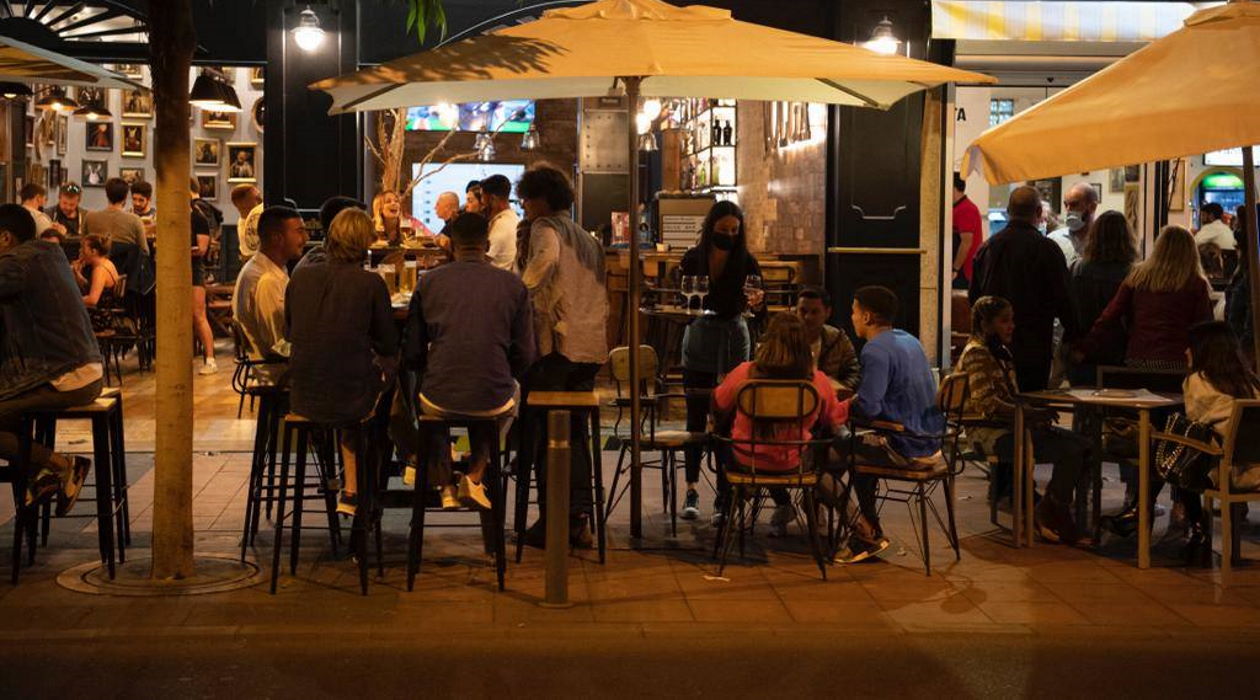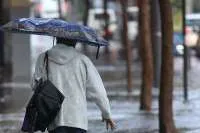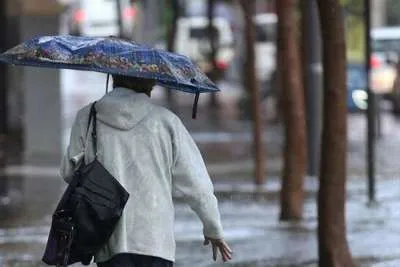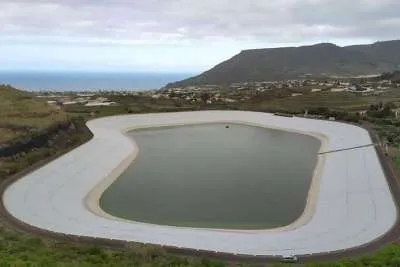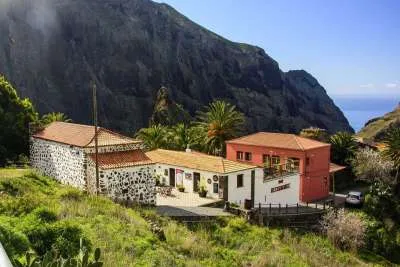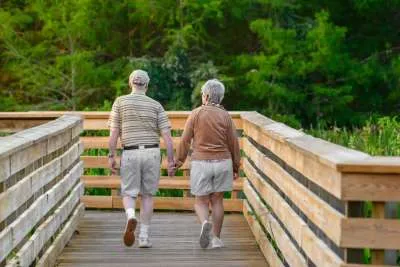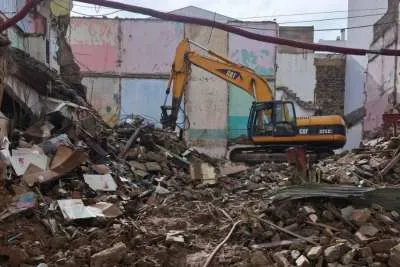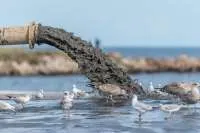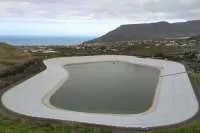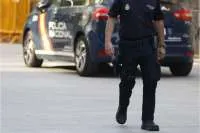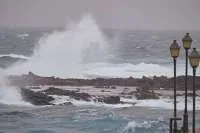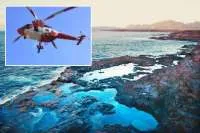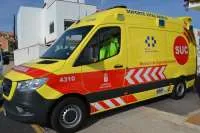Rate of infections in the Canaries exceeds the national average due to the rise in Tenerife
- 19-06-2021
- National
- Canarian Weekly
The epidemiological situation in Tenerife is worsening day by day and is now dragging the data down for the Canary Islands as a whole, whose cumulative incidence rate over seven days is now 46.5 cases per 100,000 inhabitants, which is higher than the national average of 43.6 cases. Another concerning factor is the R number (Effective Reproductive Number) for how many people one person can infect, has risen from 0.83 to 1.09 (31%) in just six weeks.
Yesterday (Friday) Tenerife registered 140 (75%) of the 188 new cases of coronavirus detected in the islands, the highest number of daily infections since April 22nd, and its IA7 has moved into the red zone for high risk as it is now over 75 cases per 100,000 inhabitants at 77.9 cases, which is in the band for alert Level 3.
If this trend continues, the Canarian Government are not ruling out raising the alert level on the island and tightening the restrictions. This was announced yesterday by the Canary Islands Minister of Health, Blas Trujillo, who, in statements to the Efe news agency, stressed that the adoption of special containment measures would be carried out for health and economic reasons, since the increase in transmission in Tenerife is now affecting the indicators for the whole of the Canary Islands, placing them "outside the safe destination requirements for tourism.”
Next Wednesday, the Regional Government will decide whether to impose new restrictions on the island, which, for now, only has a high risk accumulated for seven days, while the rest of the epidemic parameters are at medium or low risk, but for now, Trujillo will hold a meeting in the next few days with representatives of the Tenerife Cabildo and the city councils of the municipalities with the highest incidence rates, to coordinate control and sanction measures with increased fines for individuals and businesses that break anti-Covid regulations.
The Minister insisted on asking on the population not to lower their guard despite the fact that there are "factors that push us to relax", such as the advance of vaccination, and that we all have to take the initiative and act responsibly. “Every day we are seeing images on social media of groups of people in bars, in both the north and south of the island, without masks, not observing social distancing, and not observing group sizes. We will be left with no choice but to close interiors if this behaviour continues.”
The Canaries is the sixth-highest region for incidence of contagion:
The IA7 in the Canary Islands stood at 46.5 cases per 100,000 inhabitants yesterday, which places the archipelago with values higher than the national average of 43.6. In fact, the archipelago is now the community with the sixth-highest cumulative incidence rate over seven days in the whole of Spain:
Andalusia (77.5),
La Rioja (71.2),
Navarra (50.3),
Catalonia (50.2),
Basque Country (50.0),
Canary Islands (46.5).
The Balearics are the second-lowest region in Spain with an IA7 of 18.4 and would qualify for the UK green list.
Tenerife is the island that has the highest indicator in the Canaries as follows:
Tenerife (77.9),
La Gomera (41.5 – due to a soccer team outbreak),
Fuerteventura (33.4),
Lanzarote (28.8),
Gran Canaria (22.4),
La Palma (8.97),
El Hierro (2.4).


